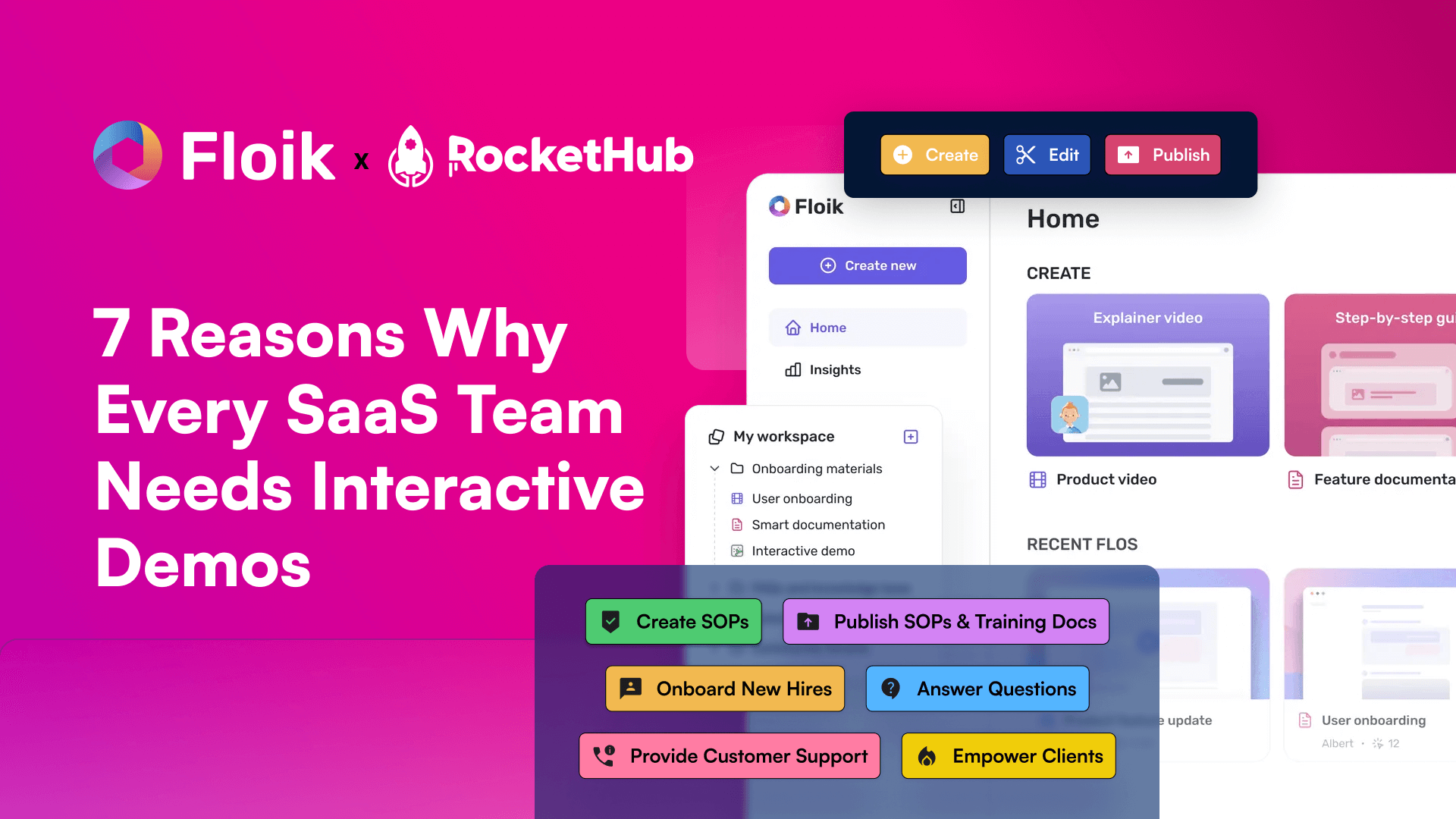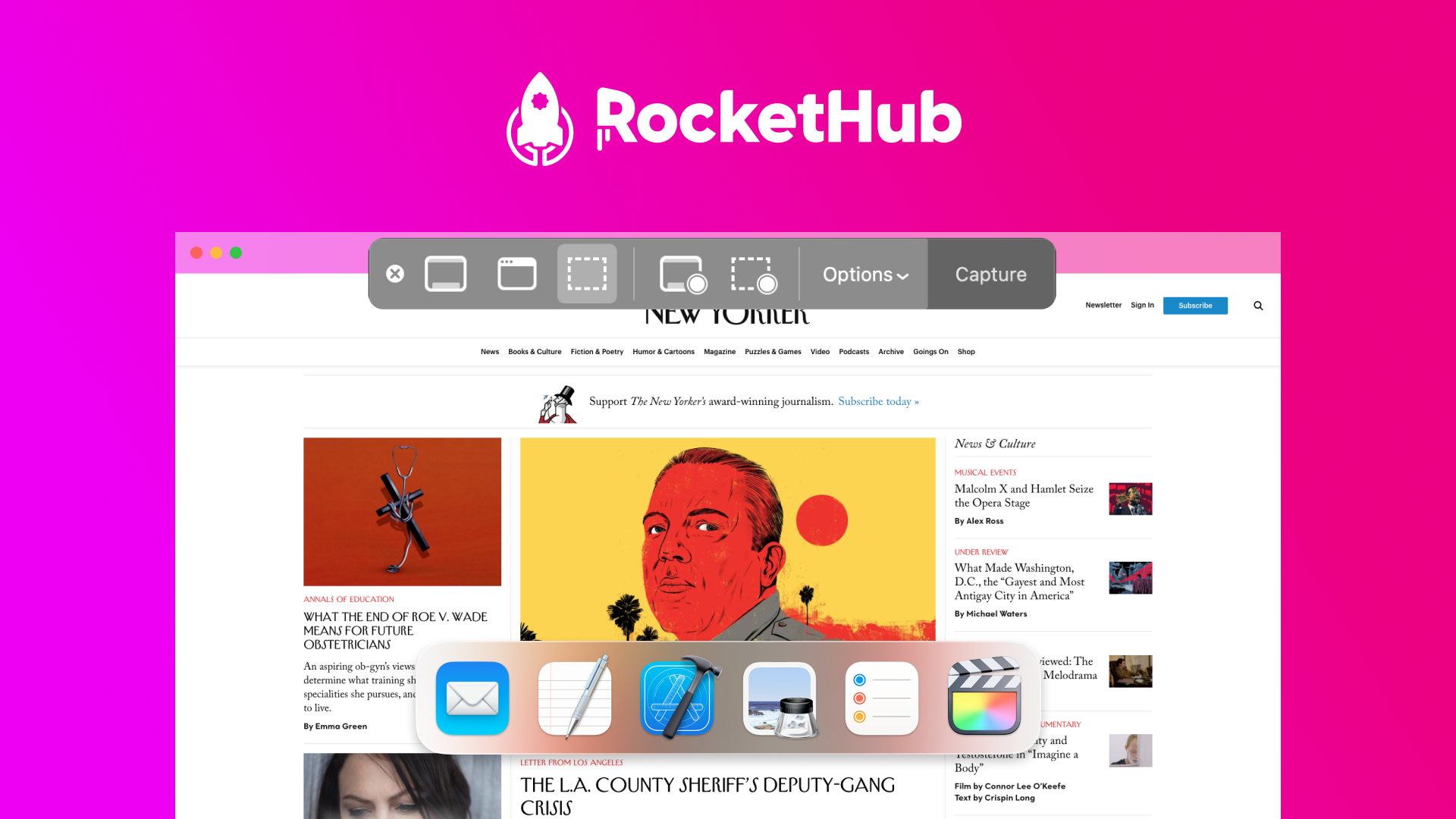
How to Talk to Potential Buyers
- Angel Alfred
- March 23, 2023

Acquiring new customers is a crucial aspect of any business. However, approaching potential buyers can be a daunting task. It is essential to balance being persuasive and not coming across as pushy. As businesses strive to expand their customer base, they must learn the art of friendly acquisition. A friendly approach can help to create a positive impression and build a strong relationship with potential buyers. In this blog post, we will discuss and share tips on how to engage potential buyers with ease.
Read: The Top 4 SaaS Customer Acquisition Secrets
5 Things to Remember While Talking to your Potential Buyers

Let’s go ahead and explore the 5 rules of friendly acquisition.
1. Understanding Your Potential Buyers
To effectively market a product or service, it’s important to understand your potential buyers. This involves gathering information about their demographics, interests, and behaviors. By doing so, you can tailor your marketing strategy to resonate with your target audience and increase the chances of success.
Identifying your Target Audience
Identifying your target audience involves determining who will most likely purchase your product or service. This can be done by considering factors such as age, gender, location, income, and education level. By narrowing down your audience, you can focus your marketing efforts on reaching those who are most likely to be interested in what you have to offer.
Understanding their Needs and Pain Points
Once you’ve identified your target audience, it’s essential to understand their needs and pain points. This involves asking questions such as: What problems do they face daily? What challenges do they encounter when using similar products or services? By understanding your audience’s needs and pain points, you can position your product or service as the solution to their problems.
Researching your Potential Buyers
To gain a deeper understanding of your potential buyers, it’s essential to conduct thorough research. This can involve analyzing data on their demographics, interests, and behaviors, as well as conducting surveys or focus groups. You can use tools like Tableau to conduct your research.
By gathering this information, you can create more targeted marketing messages that resonate with your audience and increase the likelihood of a successful campaign. Ongoing research can help you stay up-to-date on changes in your audience’s needs and preferences, allowing you to adjust your marketing strategy accordingly.
2. Approaching Potential Buyers
When approaching potential buyers, it’s important to be respectful of their time and not come off as pushy or overly aggressive. Start by introducing yourself and asking if they have a few minutes to talk about your product or service. If they seem interested, continue the conversation by asking open-ended questions and actively listening to their responses.
Developing a Friendly and Approachable Demeanor
Your demeanor plays a crucial role in how potential buyers perceive you and your product or service. Smile, make eye contact, and use a friendly tone of voice. Pay attention to your body language and avoid crossing your arms or standing too close to the buyer. Make sure to maintain a positive attitude and be patient if the buyer seems hesitant or unsure.
Crafting an Effective Elevator Pitch
An elevator pitch is a concise, persuasive sales pitch that can be delivered in the time it takes to ride an elevator. It should be well-rehearsed and tailored to the specific needs and interests of the potential buyer.
Start by describing the problem your product or service solves, then explain how it solves that problem in a unique and valuable way. Finally, end with a clear call to action, such as scheduling a follow-up meeting or placing an order.
Finding Common Ground with your Potential Buyers
Finding common ground with your potential buyers can help establish rapport and build trust. Look for shared interests or experiences, such as hobbies, favorite sports teams, or previous work experience. Use this information to build a connection and create a more personalized sales pitch.
Be sure to show empathy and understanding for the buyer’s needs and concerns. This can help build a strong relationship and increase the likelihood of a successful sale.
3. Building Relationships with Potential Buyers
Building relationships with potential buyers is crucial in any business. It’s not just about making a sale, it’s about establishing trust, credibility, and rapport. It’s important to approach potential buyers with a friendly and helpful demeanor, rather than a pushy sales pitch.
Take the time to get to know your potential buyers and their needs, and make an effort to connect with them on a personal level. Building a strong relationship with potential buyers will increase the likelihood of them becoming long-term customers.
Listening Actively and Empathetically
Active listening is the art of fully concentrating on what the other person is saying, without interrupting or getting distracted. When you actively listen to a potential buyer, you show them that you value their opinions and needs.
It’s also important to show empathy by acknowledging their concerns and demonstrating that you understand where they’re coming from. By listening actively and empathetically, you can gain valuable insights into what the potential buyer is looking for and tailor your approach accordingly.
Asking Open-Ended Questions
Asking open-ended questions is a powerful technique for building relationships with potential buyers. Rather than asking yes or no questions, open-ended questions encourage potential buyers to share more about their needs and preferences.
This can provide valuable insights into what they’re looking for and help you build a more personal connection with them. Open-ended questions can also help potential buyers feel more engaged and invested in the conversation.
Providing Value to Your Potential Buyers
Providing value to potential buyers is key to building strong relationships and generating long-term business. This can involve offering helpful advice, providing free resources or tools, or simply demonstrating your expertise in your field.
4. Overcoming Objections and Concerns
When it comes to making a sale, objections, and concerns from potential customers are a common occurrence. These objections can range from price concerns to product quality concerns. As a salesperson, it is important to anticipate these objections and have a plan in place for addressing them with empathy and understanding. By doing so, you can increase your chances of closing the sale and building a long-term relationship with your customer.
Anticipating Common Objections and Concerns
One of the key ways to overcome objections and concerns is to anticipate them before they arise. Take some time to think about the common objections or concerns that customers may have about your product or service. By doing so, you can develop strategies for addressing these objections and providing solutions that meet the customer’s needs.
Addressing Objections and Concerns with Empathy and Understanding
When a customer raises an objection or concern, it is important to address it with empathy and understanding. Listen carefully to what the customer is saying and try to put yourself in their shoes. Acknowledge their concerns and let them know that you understand where they are coming from. By doing so, you can build rapport and trust with the customer, which can help to overcome their objections.
Offering Solutions and Alternatives
Once you have listened to the customer’s objections and concerns, it is important to offer solutions and alternatives that address their needs. If price is a concern, for example, you could offer a discount or a payment plan.
If the customer has concerns about the quality of the product, you could offer a trial period or a satisfaction guarantee. By offering solutions and alternatives, you can help to alleviate the customer’s concerns and build their confidence in your product or service.
5. Closing the Sale
Closing the sale is a critical step in the sales process. It is the moment when a potential customer decides to purchase your product or service. While it can be a challenging and nerve-wracking process, there are some key strategies you can use to increase your chances of success.
Identifying Buying Signals
One of the key strategies for closing the sale is to identify buying signals from the customer. These signals can include positive body language, verbal cues, or specific questions about the product or service. By recognizing these signals, you can gauge the customer’s interest and adjust your sales pitch accordingly.
Asking for the Sale
Once you have identified buying signals from the customer, it is important to ask for the sale. This can be a simple, direct question such as “Are you ready to make a purchase?” or “Can I process your order now?” Be confident in your approach and emphasize the benefits of your product or service.
Following Up
After the sale has been made, it is important to follow up with the customer to ensure their satisfaction and build a long-term relationship. This can include sending a thank-you note, providing additional resources or support, or asking for feedback on their experience. By staying in touch with the customer, you can build trust and increase the likelihood of repeat business in the future.
Conclusion
Acquiring new customers is essential for the growth of any business, and it requires a strategic approach that is both friendly and professional. By mastering the art of friendly acquisition, businesses can create long-lasting relationships with their customers while also increasing their sales and revenue.
Share This Post
Angel Alfred
Angel is a digital marketer, a mental health speaker, and above all, a writer. She loves being a part of the RocketHub team and is keen on learning and taking over new challenges every day!
Table of Contents
Get The Latest Updates
Subscribe To Our Weekly Newsletter
Sign up below to be one of the first crew members onboard and get early access to amazing deals.
Recent Posts


Social Media
Categories
Related Posts

Lifetime Deal Platforms
The best lifetime deal platforms for software. Platforms lik RocketHub scour the web for the highest quality products to bring buyers the best lifetime deals on their platform.

How to Work for Yourself + 13 Solo Business Ideas
Do you ever wonder if being your own boss could truly set you free? In this article, we’ll explore the theory that unleashing entrepreneurial freedom

7 Reasons Why Every SaaS Team Needs Interactive Demos
Making a Case for Interactive Demos: 7 Reasons Why Every SaaS Team Needs Them Let me paint a scenario for you. You want to buy


